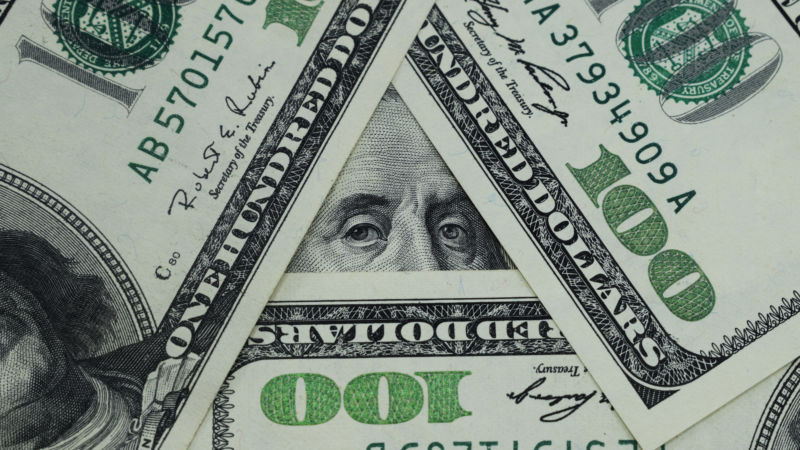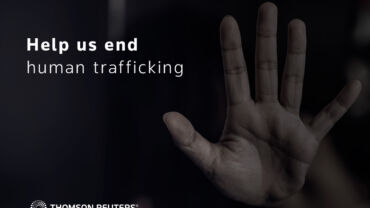Financial fraud, waste, and abuse can happen at any time. And the people who commit these acts aren’t always the types of people you’d suspect.
The Association of Certified Fraud Examiners noted in its 2020 “Report to the Nations” that 9 out of 10 people who commit fraud have no previous record of doing so. This report focused on workplace fraud, but its conclusions can also be applied to fraud involving government benefits programs.
To understand why citizens with no criminal history might give into temptation, consider the psychological insights of the “fraud triangle,” a concept developed by renowned criminologist Donald Cressey.
The fraud triangle
The three parts of Cressey’s triangle are need, opportunity, and rationalization. In short, the person perpetrating the fraud needs (or thinks they need) the money and believes they can do so without being caught. They then justify their actions to themselves, citing desperate financial straits or some kind of animus against the government. Perhaps they imagine that they will somehow be able to “pay it back” in the future.
While Cressey’s work focused primarily on embezzlement and other forms of “white-collar” fraud, his triangle also provides useful applications for government entities seeking to identify potential risks for fraudulent misuse of benefits, from either individuals or business vendors.
Understanding each of these three parts of the triangle can help government agencies identify potential risks for fraud from places and people that they would never ordinarily expect.
Need: “I have to do this”
You may have heard of the 10-80-10 rule of ethics. Simply stated, it claims that 10% of people would never commit fraud, 10% are highly likely to do so, and 80%–well, they probably wouldn’t. But if people in this 80% feel under some sort of pressure, their usually reliable moral compass might suddenly go haywire. Those pressures, not surprisingly, nearly always involve money. They might be struggles with drugs or compulsive gambling; massive medical bills or other unexpected expenses often are another impetus. Finding evidence of such exacting circumstances may be a sign that the people involved could become a risk for fraud, if they are not already.
Opportunity: “No one will find out”
People who commit fraud typically believe they can get away with it. They might believe they know some kind of trick or skill that allows them to slip through without anyone noticing, or just that their illicit activity will get lost in the shuffle.
This also is largely true of government vendors, or businesses such as health care providers that defraud Medicare or Medicaid for payment of services they’ve never actually provided. They can create complex scams that can take government agencies years to unsnarl — that is, if those agencies even detect something fishy. To this end, it is essential for program integrity workers to know the full capabilities of every vendor and how their costs stack up to national standards.
Rationalization: “I’m not a bad person”
Intertwined with the two other sides of Cressey’s triangle is the belief that the fraud is justified, or that it isn’t really a reflection of the person’s moral character. Cressey described it this way in his 1973 book Other People’s Money:
“Trusted persons become trust violators when they […] are able to apply to their own conduct in that situation verbalizations which enable them to adjust their conceptions of themselves as trusted persons with their conceptions of themselves as users of the entrusted funds or property.”
This delusional thinking allows them to condone their own behavior and put any feeling of guilt out of mind. This means that those who could potentially pose the most risk to your program may legitimately be nice people, making them even less suspicious.
Get a CLEAR angle
Here’s the key takeaway from Cressey’s triangle: Fraud risks can come from anywhere. If you’re charged with overseeing or protecting an agency or department that manages government benefit programs, it is essential that you take every precaution conceivable to spot trouble before it acts.
One investigation tool that can help your agency identify potential fraud risks, wherever they might be hiding, is CLEAR Risk Inform. Is there evidence of major expenses in a recipient’s family? Does the company have a history of paying its bills late? CLEAR Risk Inform can detect many of the red flags that a cursory look might miss, which helps you prevent fraud before it happens.
Learn more about how CLEAR Risk Inform can help your program integrity team detect fraud risks, or request a free demonstration to see it for yourself.
Thomson Reuters is not a consumer reporting agency and none of its services or the data contained therein constitute a ‘consumer report’ as such term is defined in the Federal Fair Credit Reporting Act (FCRA), 15 U.S.C. sec. 1681 et seq. The data provided to you may not be used as a factor in consumer debt collection decisioning, establishing a consumer’s eligibility for credit, insurance, employment, government benefits, or housing, or for any other purpose authorized under the FCRA. By accessing one of our services, you agree not to use the service or data for any purpose authorized under the FCRA or in relation to taking an adverse action relating to a consumer application.










